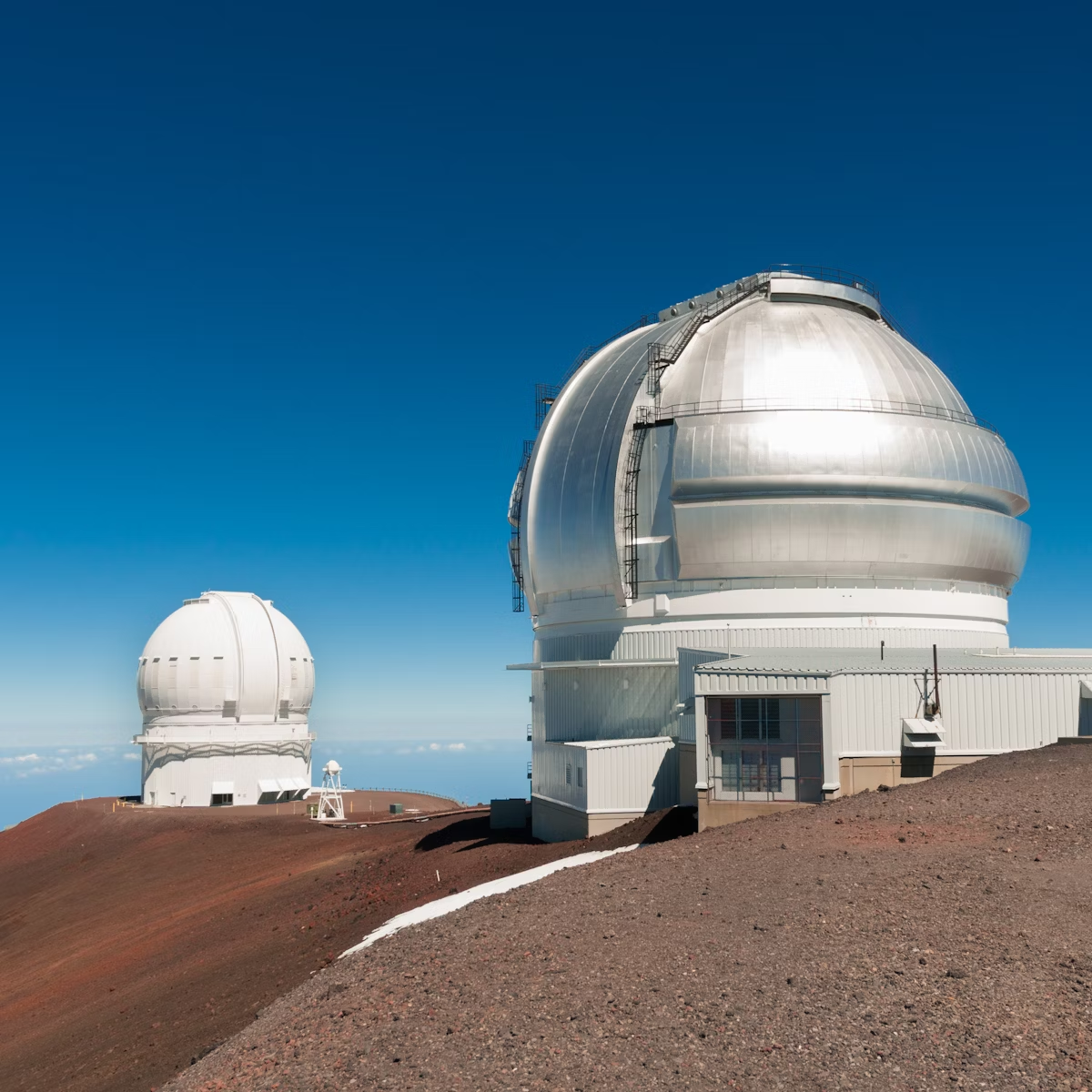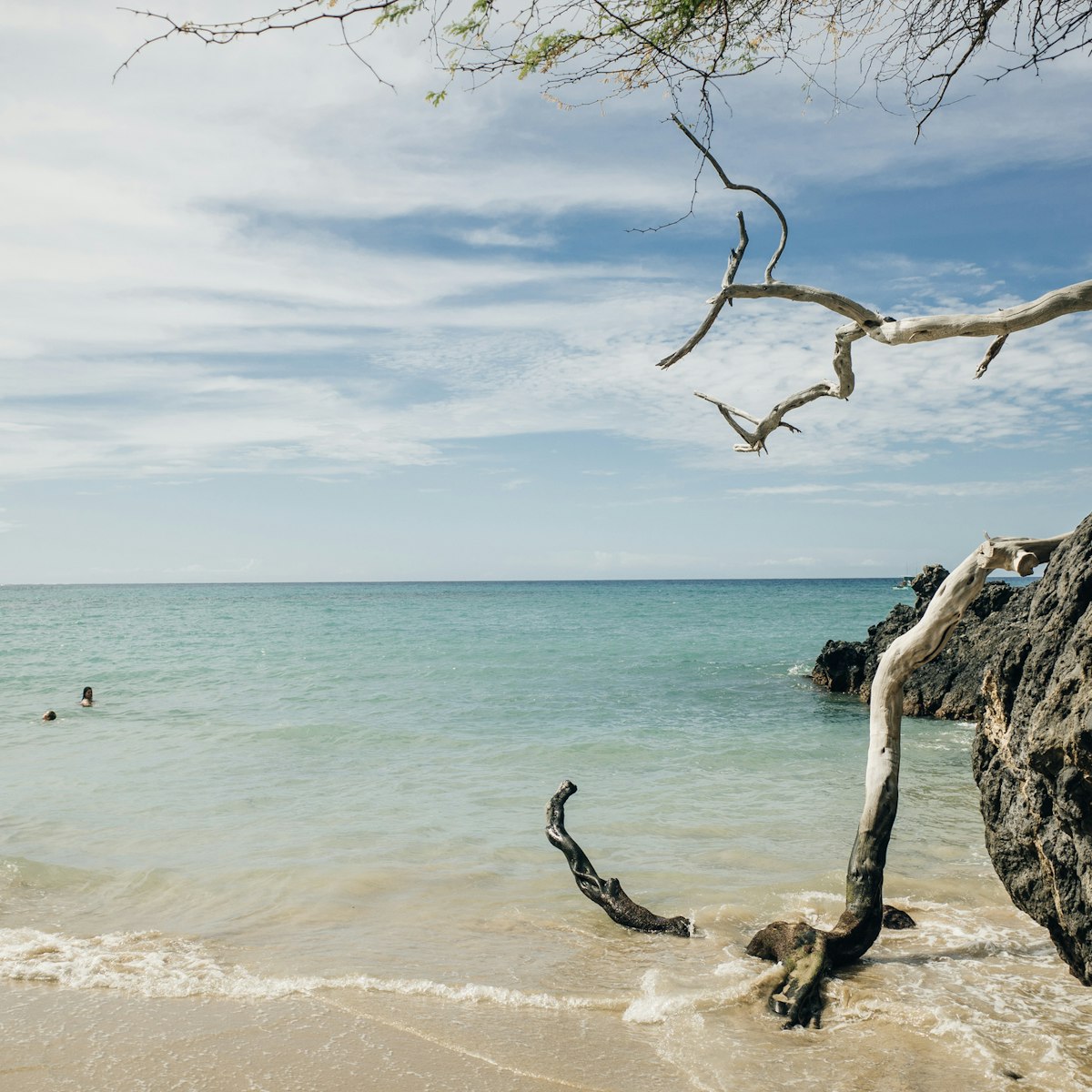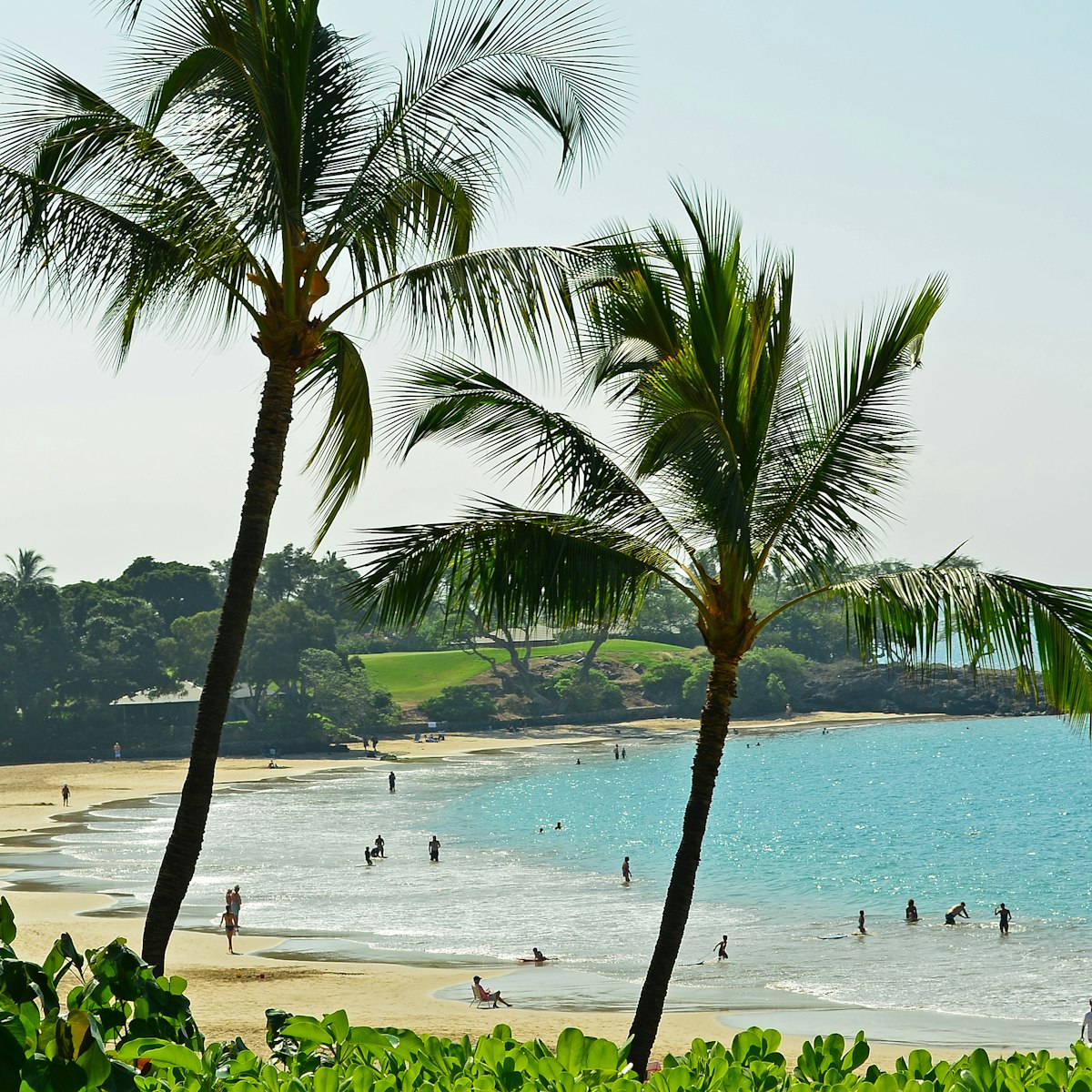On an island with a conspicuous dearth of surface water, tiny Lake Waiʻau's existence on a porous lava mountain is something of an enigma. Hawaiian legends say it's bottomless, connecting the realm of the heavens and the earth. As the piko (navel) of the island chain, its waters are the most sacred. Some still place their newborn's umbilical cord in the lake to ensure a strong connection to the gods. To say this place feels significant would be an understatement.
Geologists disagree about what's trapping the water and, frankly, both theories are kind of mind-blowing: glacial silt, or permafrost...in the tropics. Glaciers covered the peak as recently as 13,000 years ago and eruptions under the ice may have formed fine ash. Permafrost (underground ice that never melts) has been found on the nearby summit cone Puʻu Wekiu, though there is no evidence of it here, yet. A third theory – that percolating sulfur gas altered the cinder composition and created clay – is probably most likely correct. Regardless of what's keeping the water here, however, it most certainly comes from rain and snow, as confirmed when the lake almost dried up in 2015 after a long drought.
Park at the paved area on the east side of the Mauna Kea Access Rd just past Mile 6. The 0.7-mile trail to Lake Waiʻau is on the west side of the road just a short way back down the hill.








